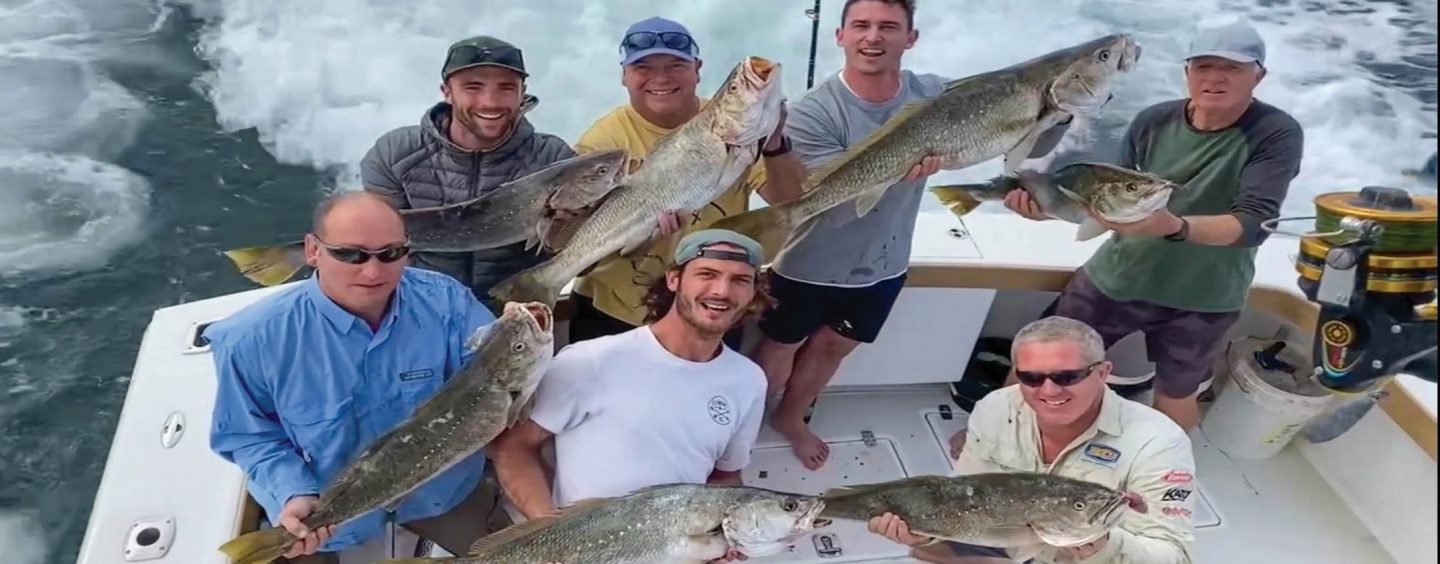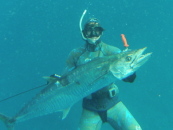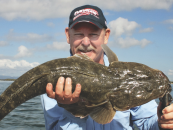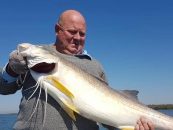by Paul Burt
 For many years now, anglers have been trying and using soft plastics in all shapes, sizes and forms to increase their knowledge on how to successfully target and catch fish.
For many years now, anglers have been trying and using soft plastics in all shapes, sizes and forms to increase their knowledge on how to successfully target and catch fish.
New technology and a vast variety of different companies have invested millions into the tackle industry to vie for the top position of being number one in their field.
Years ago, who would have thought that a soft plastic that imitates a prawn or a piece of rubber similar to the shape of a beach worm would overtake a natural bait when targeting whiting? Or a rubbery blob similar to that of a tadpole with the stench of a rotten pilchard would be used on bream and flathead?
Soft plastics have been around for over a hundred years, with one of the first being made in France. The concept is far from new, but the difference in texture and the uncanny resemblance they have to natural baits is incredible. Fine tuning the tooling and having a few more bumps and dots around the body, along with a light weight rubbery tail, ensure a similar look and action to a live bait when retrieved.
A few years ago, I thought I’d try my luck on a fish that normally evades the best of fishermen. It is a trophy fish targeted by anglers right around the country, and one that has the respect of the old timers who used to line the banks in the middle of the night in howling winds and torrential rain. I’m talking about the mulloway or jewfish.
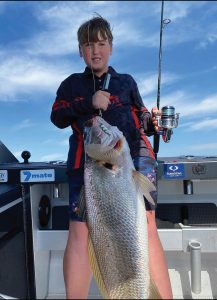 The mulloway or jewfish is a monster that lurks throughout the waters of nearly every tidal canal or creek. It is a fish that owns the hole at the end of a rock wall and one that can grow as heavy as a man. I’ve had the luxury of catching these fish around the country. I have been at the top end of Australia where their distant relative, the mighty Black Jew, lives, all the way down to the southern waters of South Australia, home to the monster mulloway.
The mulloway or jewfish is a monster that lurks throughout the waters of nearly every tidal canal or creek. It is a fish that owns the hole at the end of a rock wall and one that can grow as heavy as a man. I’ve had the luxury of catching these fish around the country. I have been at the top end of Australia where their distant relative, the mighty Black Jew, lives, all the way down to the southern waters of South Australia, home to the monster mulloway.
For Gold Coasters though, we have the luxury of being close to one of the best mulloway fisheries along the east coast of Australia. To the north of us, we have the waters of the Jumpinpin, a natural estuarine system with plenty of deep holes and steep banks leading out through the bar. Right here in front of us, we have the Seaway, with a myriad of rock walls and deep holes that often produces mulloway well over thirty kilos in weight.
To the south across the border, we have the “grand daddy” of all mulloway spots, the infamous Richmond and Clarence Rivers. In between these rivers are large headlands and beautiful silicon white beaches that link them together similar to the pearls on a braided necklace.
It is these spots that hold the largest of all mulloway that I’ve seen along the east coast. Fish pushing fifty kilos have been recorded from these areas. If you take a slow stroll through the local pubs, I’m sure you’ll come across a few old black and white photos showing these prized catches.
In the rivers, smaller mulloway, often known as schoolies or soapie jew, are regularly targeted by anglers fishing with live and strip baits such as mullet and herrings. When the weather aligned, driving a couple hours to fish the headwaters and deep holes of these two mighty river systems particularly when a bit of rain is dumped further upstream in the catchments, was like attracting a moth to a light; in this case, mulloway to the waters.
Fishing with a foreign bait is generally the last thing you would do when chasing fish in its own domain. However, with this new range of soft plastics on the market, you know it’s foreign, I know it’s foreign, but for some reason the fish don’t know and are tricked.
Using the right technique when retrieving is highly important. the idea is to emulate the baitfish schooling or moving throughout that particular area. If the prawns are on the move in the Clarence and they just had a good deal of rain, then you’d be using a Gulp or Squidgie Prawn plastic. Prawns have feelers, legs and sharp pieces on the head; hence, the lure must also have similar features to trick the fish. The more life-like the lure is, the more hits you’ll get from the fish. Even a smaller metal jig will work in the right environment, such as bait schools, where mulloway can be seen balling them up on the sounder.
If you are after a monster mulloway, up the bait profile to what the fish is eating. Mullet school around the entrances to river systems. Using a larger 10-inch paddle tail or wriggle tail plastic, or even a hard-bodied lure with a slow action will trick the fish. These fish tend to inhale the lure similar to a barramundi, and they’ll actually hit the lure 90% of the time on the drop, not on the lift.
After many trips and tirelessly working out the right technique, method and retrieve, drift patterns and what to look for on the sounder, more often, a few mulloway can be caught on soft plastics, which I believe is something any angler would be proud of.
The gear I use is of high quality. You need a reel that not only has a good long cast spool, but one that can handle plenty of drag pressure. For the smaller mulloway, I choose to use the Shimano Stradic or Bio Master spin reel range matched up with a three to five kilo Ian Miller 6’6” Rack Raider or Starlo spin rod. The line class should be no more than six-kilo with two meters of ten-kilo monofilament leader. For the larger mulloway, you should up the ante to a Shimano Stradic 8000 onto a 9’6” Jewel Rod 8-15kg rod spooled with 40lb Ocea 8 braid and 60lb supple fluorocarbon leader.
Give it a go and keep telling yourself to never give up cause once you crack it you’ll be well rewarded.
Watch Paul every weekend on 7Mate as they
Step Outside. www. stepoutside.com.au
Published in print July-September 2022






















